Compression leggings have become a must-have for women’s fitness wardrobes, offering a range of benefits from enhanced performance to faster recovery. The right pair of compression leggings can boost your workout experience, providing the support your muscles need while offering comfort and style. However, with so many options on the market, choosing the right pair for your fitness needs can feel overwhelming. In this article, we’ll guide you through the key factors to consider when selecting compression leggings to ensure you get the best fit for your workout routine.
What Are Compression Leggings?
Compression leggings are designed to fit tightly to the skin, using stretchable fabrics like spandex, nylon, or polyester. They apply gentle pressure to specific areas of the body, helping to improve circulation, reduce muscle fatigue, and aid in muscle recovery. By enhancing blood flow and providing muscle support, compression leggings can help you perform better during workouts and recover faster afterward.
Factors to Consider When Choosing Compression Leggings for Fitness
- Compression Level: The level of compression is one of the most important factors to consider when choosing leggings. Compression leggings are typically available in three levels:
- Light Compression (8-15 mmHg): Ideal for everyday wear or light workouts. This level provides gentle support for reduced fatigue and swelling.
- Medium Compression (15-20 mmHg): Offers more substantial support for moderate exercise and helps reduce muscle soreness and swelling.
- High Compression (20-30 mmHg): Perfect for intense workouts and recovery. High compression can boost circulation, speed up recovery, and provide maximum support for muscles during high-impact activities.
- Fit and Size: Compression leggings should fit snugly but not be so tight that they cause discomfort or restrict movement. A good pair of leggings will provide a firm hold around your waist, hips, and thighs without cutting into your skin or feeling constricting. When purchasing compression leggings, pay attention to sizing guides and measurements to ensure you pick the right fit. Tip: If you find that your leggings feel too tight or too loose during exercise, it may be worth trying a different size or compression level. A well-fitted pair of compression leggings will stay in place during movement and prevent chafing.
- Material: The fabric of your compression leggings is crucial for both comfort and performance. The right material will help with moisture-wicking, breathability, and durability. Some of the best fabrics for compression leggings include:
- Polyester and Spandex: These fabrics offer excellent stretch and support while being lightweight and breathable.
- Nylon: Known for its durability, nylon is also moisture-wicking, which helps keep you dry during intense workouts.
- Lycra: A highly elastic material that provides a great fit, Lycra is commonly used in high-performance compression wear.
- Support and Functionality: Different types of workouts require different kinds of support. Consider your fitness routine and the level of muscle support needed:
- High-Impact Activities (Running, HIIT): If you’re doing high-intensity workouts, look for leggings that provide extra support to the thighs and calves to reduce muscle strain and minimize fatigue.
- Low-Impact Activities (Yoga, Pilates): For activities that require more flexibility, choose leggings that offer a moderate amount of compression but allow for a full range of motion.
- Strength Training: Compression leggings with additional support around the waist and core can help provide stability during heavy lifts, reducing the risk of injury.
- Style and Design: Compression leggings come in a variety of styles, colors, and cuts, so it’s important to choose a design that suits your preferences and workout needs:
- Full-Length vs. Capri: Full-length leggings offer more support and coverage, while capri-length leggings can keep you cooler during workouts, especially in warmer climates.
- High-Waisted vs. Mid-Rise: High-waisted leggings provide added core support and tummy control, making them a great option for activities like running or strength training. Mid-rise leggings are generally more comfortable for low-impact activities like yoga.
- Pockets or No Pockets: Some compression leggings come with pockets for storing small items like keys, phones, or energy gels. Consider whether you need extra storage for convenience during your workout.
- Durability and Quality: High-quality compression leggings are an investment, so it’s important to consider their durability. Look for leggings from reputable brands known for their high-performance gear. These leggings should be made with strong, stretchable materials that won’t lose their elasticity over time. Additionally, check the stitching and overall construction to ensure they won’t tear or fray after multiple uses. Tip: To maximize the lifespan of your compression leggings, follow care instructions carefully (such as washing in cold water and air drying) to preserve their shape and compression abilities.
Top Compression Leggings for Women’s Fitness Needs
Here are some of the best compression leggings for different fitness activities:
- 2XU Women’s Compression Tights: Known for their high performance, these tights offer graduated compression that reduces muscle fatigue during intense workouts.
- Lululemon Align Pant: Ideal for low-impact activities like yoga, these leggings are made with a soft, stretchy fabric that offers moderate compression and great comfort.
- Under Armour HeatGear Compression Leggings: Perfect for high-impact exercises like running or CrossFit, these leggings feature moisture-wicking material and strategic compression for muscle support.
- Nike Pro Compression Tights: A great choice for strength training, these tights offer stability and support while being lightweight and breathable.
- Skins A200 Compression Tights: Designed for recovery and performance, these leggings offer excellent muscle support and are perfect for both cardio and strength workouts.
Conclusion
Choosing the right compression leggings for your fitness needs can make a huge difference in your performance, recovery, and overall comfort. By considering factors such as compression level, fit, material, and style, you can find the perfect pair of leggings that provide the support you need while helping you achieve your fitness goals. Whether you’re hitting the gym, going for a run, or participating in a yoga class, investing in high-quality compression leggings can help reduce muscle fatigue and improve your workout experience.
-
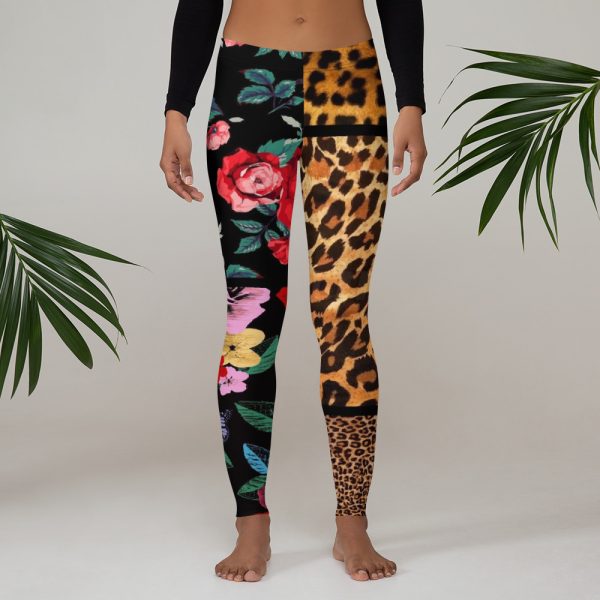 Designer Leggings Black Floral Leopard Animal Print$81
Designer Leggings Black Floral Leopard Animal Print$81 -
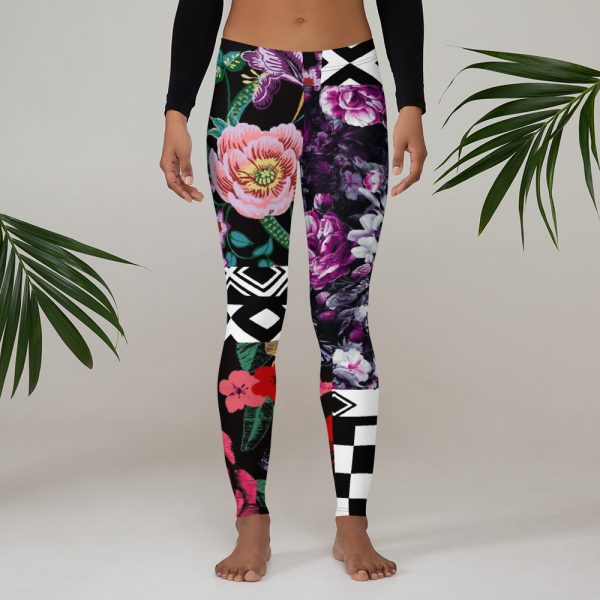 Leggings Black Floral Purple Red White Checkered$81
Leggings Black Floral Purple Red White Checkered$81 -
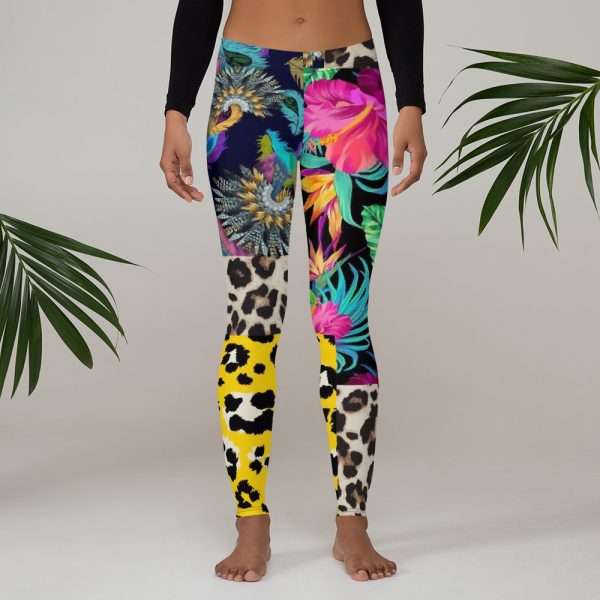 Leggings Floral Black Yellow Green Leopard Animal Print$81
Leggings Floral Black Yellow Green Leopard Animal Print$81 -
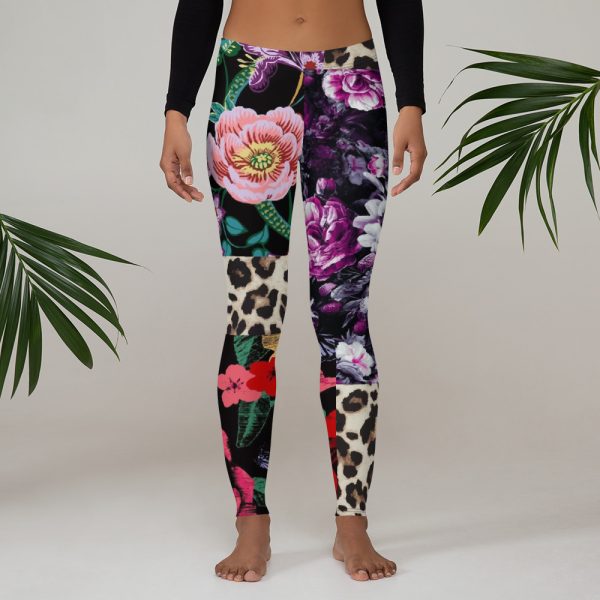 Leggings Floral Black Purple Red Leopard Animal Print$81
Leggings Floral Black Purple Red Leopard Animal Print$81 -
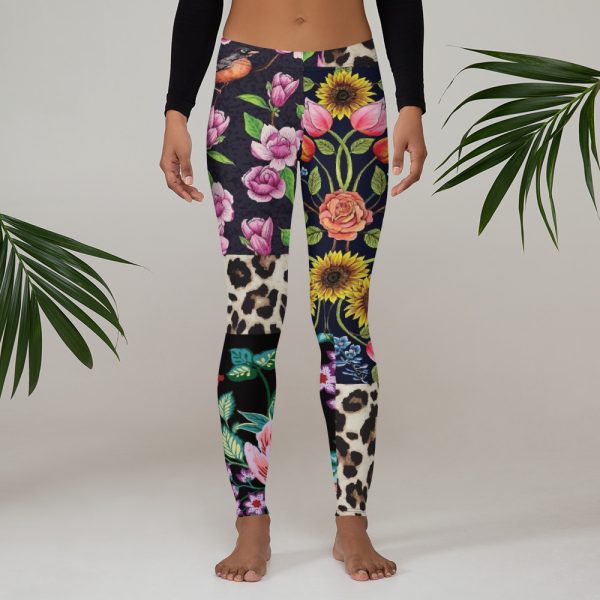 Leggings Floral Black Green Purple Leopard Animal Print$81
Leggings Floral Black Green Purple Leopard Animal Print$81 -
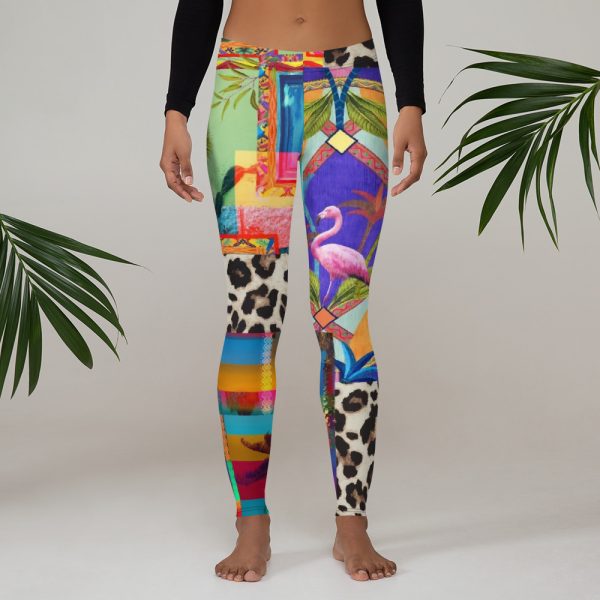 Leggings Floral Rainbow Green Green Purple Leopard Animal Print$81
Leggings Floral Rainbow Green Green Purple Leopard Animal Print$81 -
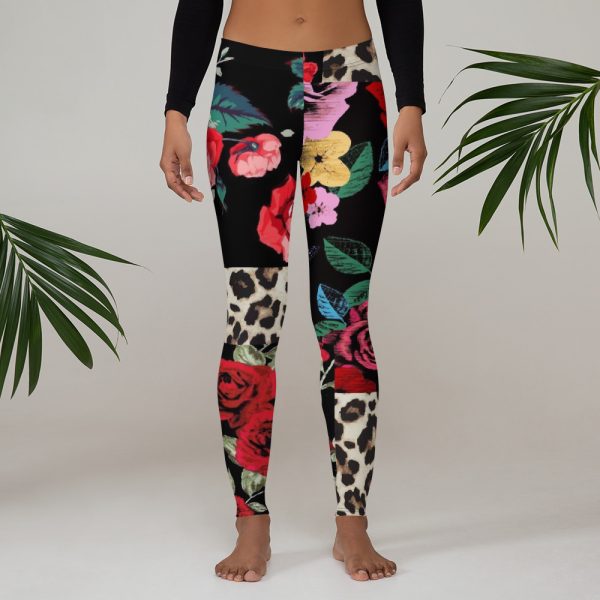 Leggings Floral Black Red Leopard Animal Print$81
Leggings Floral Black Red Leopard Animal Print$81 -
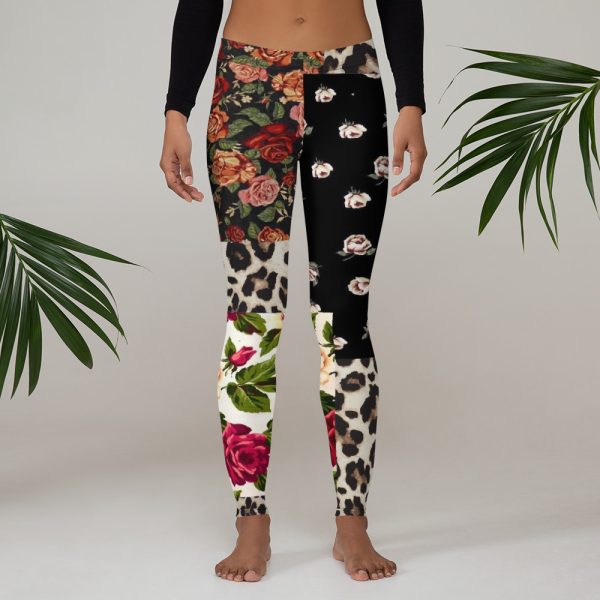 Leggings Floral Black White Brown Leopard Animal Print$81
Leggings Floral Black White Brown Leopard Animal Print$81 -
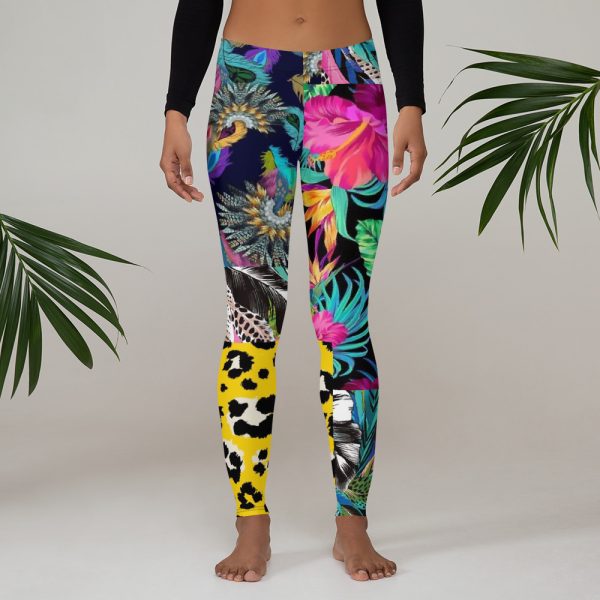 Leggings Floral Black Yellow Green$81
Leggings Floral Black Yellow Green$81
